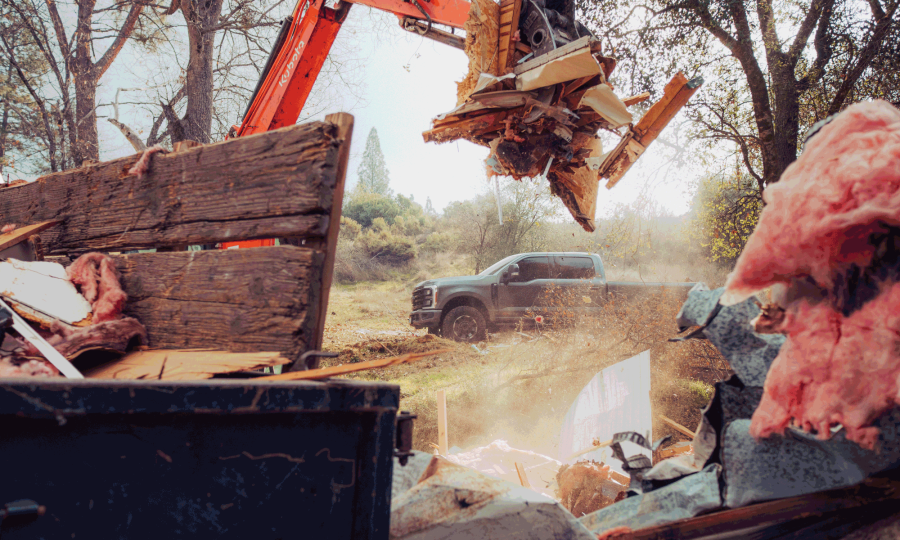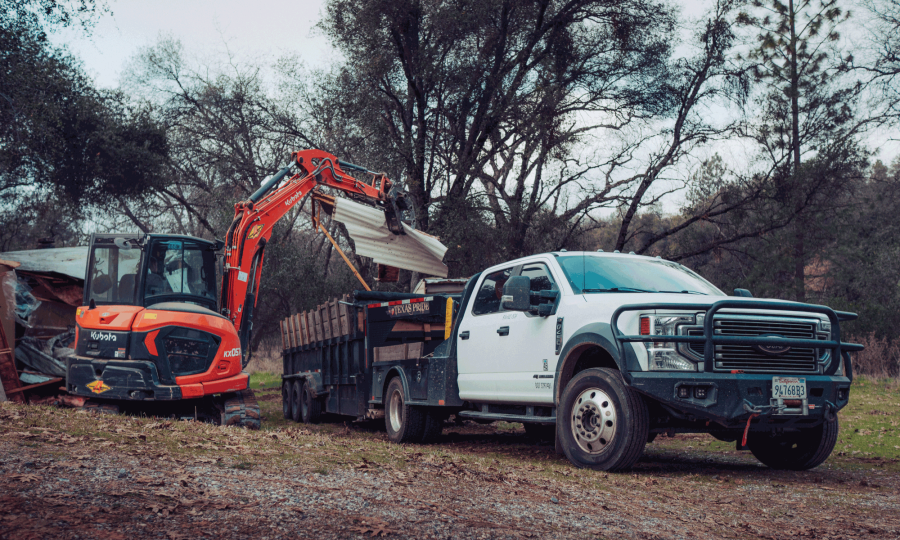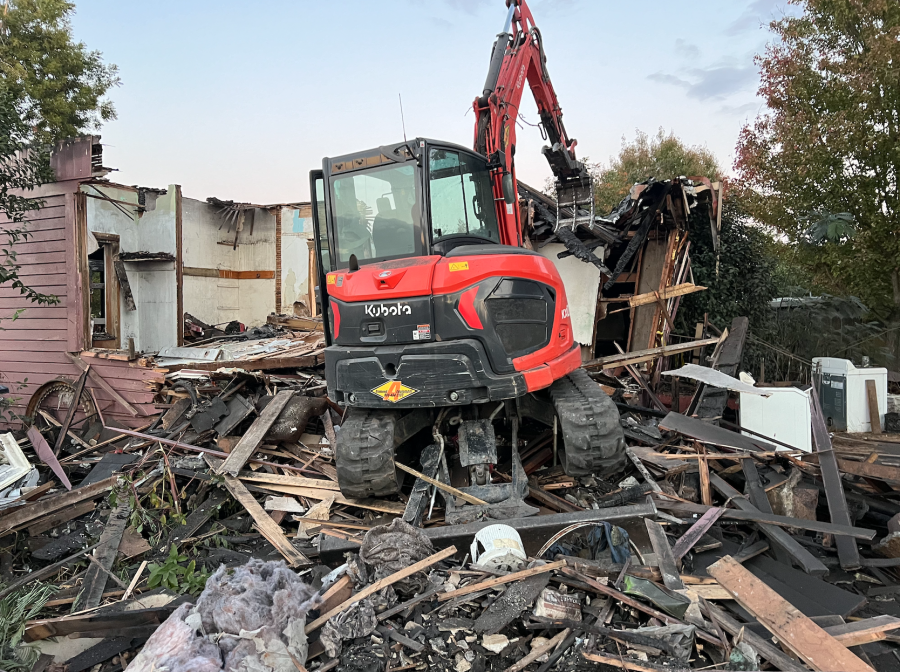Sponsored results
Demo Patrol LLC
Demo Patrol LLC is a licensed, family-owned and operated demolition contractor that specializes in the removal of oil tanks. We are proudly environmentally conscious and... more
All "Oil Tank Removal" results near me in Princeton, CA - December 2025
Demo Patrol LLC
Demo Patrol LLC is a licensed, family-owned and operated demolition contractor that specializes in the removal of oil tanks. We are proudly environmentally conscious and... more
John Hoffman Backhoe
John Hoffman Backhoe is located in Chico, CA and serves nearby cities. Our crew is trained to perform a variety of demolition and excavation services,... more
R L Crum Excavating
Qualified to deal with the biggest and smallest excavating jobs, R L Crum Excavating has been serving Orland, CA and nearby areas since 1976. They offer... more
Smartgen Builders Inc
Smartgen Builders Inc offers a stunning variety of residential and commercial demolition services in Willows, CA and the surrounding areas, including oil tank removal. Our... more
Walberg, Inc.
Based in Corning, California, Walberg Inc is experienced in all things fire clean-up. We understand how devastating a fire can be, and we are... more
Nearby Places for Tank Removal
Tank Removal Tips for Princeton, CA
Are all oil tanks at risk of leaking?
Over time, nearly all tanks have the ability to leak in some way, shape, or form. Some of the most common reasons tanks leak include:
- Lack of routine inspection and maintenance
- Leaky fittings
- Decay or frost shift
- Overfilling of tanks
- Irresponsible oil delivery
- Lines are accidentally severed



